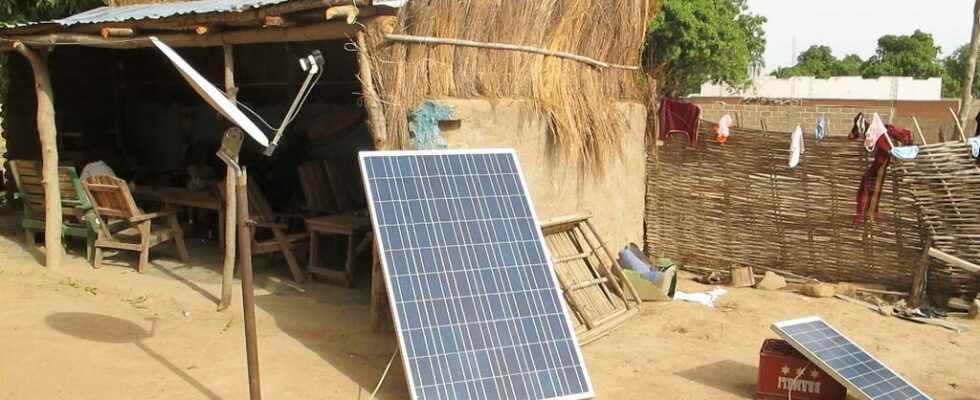The Africa Energy Forum opens for a week in Brussels. Upstream, on June 20, the International Energy Agency published its outlook for the continent. The IEA is counting on renewables to generalize access to electricity, access which declined last year. The pandemic and the crisis have put an end to ten years of progress in terms of access to electricity.
About 25 million more people than in 2019 live without electricity in Africa. Currently, it is lacking in 43% of the total population of the continent. And given the increase in energy prices, Fatih Birol, the director of the IEA does not see “ little reason to be optimistic for 2022.
To turn things around, the International Energy Agency estimates that in nearly half of cases the best option is to extend national grids. It also relies, in rural areas, on mini-grids or autonomous systems based mainly on solar energy.
Africa has 60% of the world’s solar resources but hosts only 1% of photovoltaic installations.
By adding wind power, dams and geothermal energy to solar, renewable energies could represent 80% of installed electrical capacity by 2030. This would require “ double the investments “. According to the calculations of the IEA, an annual investment of 25 billion dollars per year until 2030 could be sufficient, which is equivalent to the amount of a new liquefied natural gas terminal per year.
The IEA does not draw a line on gas elsewhere. Using gas fields that have not yet been exploited, for temporary and local use, could make it possible to produce fertilizers, cement and desalinate water.
